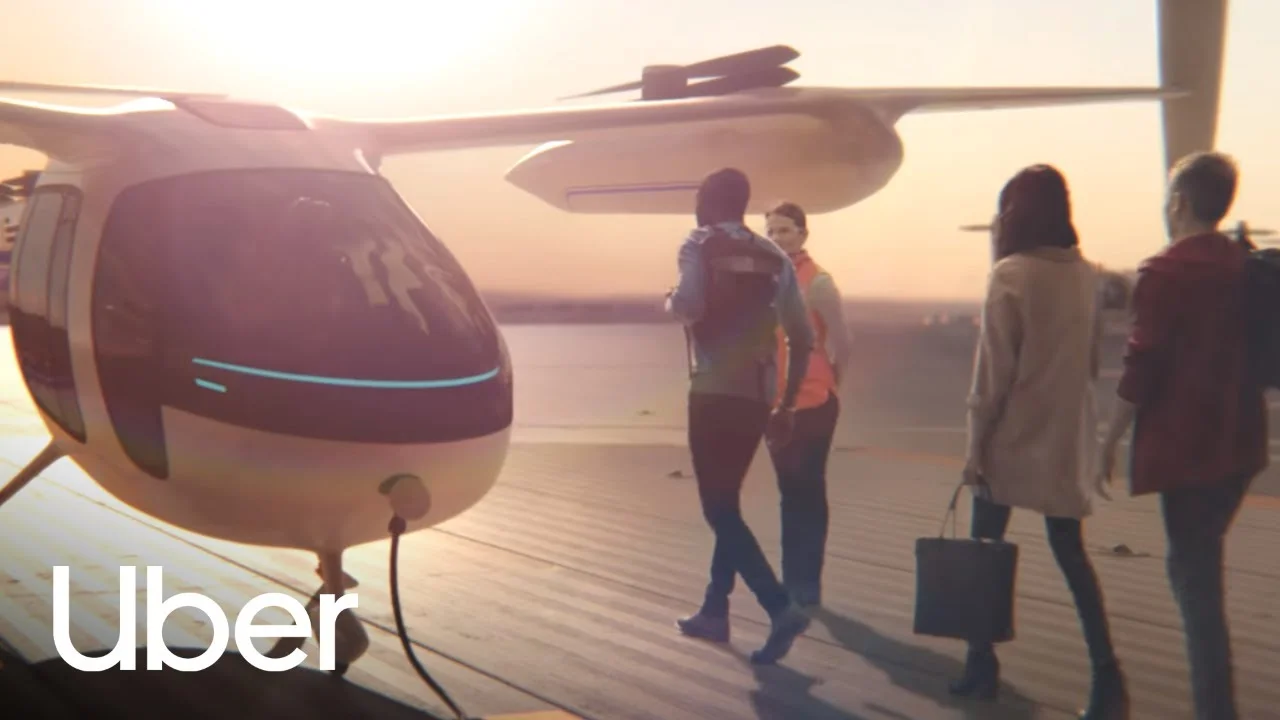
Whether your aviation experience is just taking off or a lifelong aviator Gear Up, Flight Level’s aviation blog, brings you industry insights, aircraft reviews, business aviation news, and everything flight level.
National Aviation Day - A Look Forward
December 1903 marked man’s first true attempt to conquer the skies. Since then, we have flown passengers to every edge of the globe, gone supersonic and walked on the moon all in the last 115 years. So what will the next 50 years of progress look like?
Today is National Aviation Day!
December 1903 marked man’s first true attempt to conquer the skies. Since then, we have flown passengers to every edge of the globe, gone supersonic and walked on the moon all in the last 115 years. So what will the next 50 years of progress look like?
Supersonic Flight
As I type, there are men and women working to bring sustainable and efficient supersonic flight to both commercial and business aviation. Sure, the Concorde made the hop from JFK to Heathrow at twice the speed of sound, but it was never really economically viable. Aerion Supersonic has teamed up with Boeing and GE to produce a supersonic business jet (SSBJ) that is slated to enter service in 2025
Space Travel
Cities like Houston, Texas are already investing huge amounts of money into a future of space travel. The long-term goal of Houston’s Spaceport and facilities like it is the idea of orbital or sub-orbital travel. In a future where we have a safe and effecient way to get into low earth orbit, trips around the globe that currently take 15+ hours on air carriers can be completed in a little over an hour. Not to mention, trips to further locales, like Mars may become more routine.
Urban Air Mobility
Uber has made it clear that they intend to take to the skies to provide air connectivity high above the traffic on the streets below. It may seem far-fetched until you understand that Boeing, Embraer ,and Bell Helicopter (to name a few) are all heavily involved in the research and development of the program. This project aligns with a similar objective to bring electric turbines to the aircraft market - promising a quieter, greener, more reliable alternative.
The Future of Aviation is Bright
Aviation has always pushed the boundaries of what is humanly possible. With a new onset of fresh ideas and creative vision, the next generation of flight is well underway. No matter what the future will look like, I know aviation will continue to be at the forefront of innovation and continue to make the world a smaller, more connected place.
Author:
Cameron Tipton, ASA, ARM-MTS
accredited senior appraiser
appraisal review & management - MTS
The 6 Strangest Business Aircraft Ever Built
In the spirit of Halloween we are taking some time to examine some of the strangest planes ever created. Just because a plane looks strange doesn’t necessarily mean it comes from the “upside down”.
Beechcraft Starship
The Beechcraft Starship was introduced to the market in 1983 and was destined to be an innovator, featuring the first glass cockpit in any business aircraft and an exceptionally “unique” design. There are 5 remaining Starships in the US that still hold FAA registration.
Piaggio Avanti
The Piaggio Avanti was introduced in 1990 with a similar design to the Beechcraft Starship. The Italian-built aircraft bears the nickname, “Catfish of the skies” because of its unique canard design. The Avanti has made a name for itself by offering jet speeds and superior onboard comfort at the operating cost of a turboprop. The Avanti is still alive-and-well, it is in its third design iteration dubbed “EVO” and can be picked up for $7.5 million USD new.
Rutan Boomerang
The Rutan Boomerang was built to reduce the adverse effects associated with losing one of the two engines on a twin-engine aircraft. The design results are interesting to say the least. The design never left the FAA certification process and only 1 aircraft was ever built.
AdamJet A700
Adam Aircraft Industries (AAI) first flew the A700 twin-jet in 2003 as a counterpart to the A500 twin-engine piston developed around the same time. Ultimately, the development of both aircraft met their ultimate fate after the economic crisis of 2008 leading to the bankruptcy of Adam Aircraft.
Edgley Optica
The first flight of the Edgley Optica was in 1979 and it was designed as a low-cost alternative to the helicopter for observational work. The UK built aircraft is powered by a lycoming flat 6 cylinder that drives a ducted fan behind the cockpit. 22 aircraft were delivered by Edgley and there is now hope that production will begin again in 2019.
Gee Bee R-2 Super Sportster
The Gee Bee is by far the oldest of the bunch (and not exactly a business aircraft), it was produced in 1932 as a racing aircraft identical to the original Gee Bee R-1. The aircraft had a reputation for being incredibly difficult to control and was inherently dangerous. The R-2 and R-1 were pieced together after a crash of the R-1. The aircraft was eventually sold to a private owner who added larger fuel tanks making the aircraft impossible to control, he crashed after takeoff and was killed - it was never rebuilt.












